iOS 7 ticks all the boxes for a major consumer-focused operating system refresh: an overhauled user interface, updates to killer apps like the camera with its new burst capture mode, the addition of iTunes Radio, and many more. However, changes that users cannot see — those aimed at enabling developers to build whole new classes of applications with Bluetooth connectivity — may be even more exciting.
Not unlike the public's seemingly insatiable desire for a Apple-branded streaming music service, users have long lobbied for Cupertino to rescue them from the daily ordeal of "buying stuff" by incorporating an iTunes-backed, NFC-enabled payment system into the iPhone. Likewise, accessory manufacturers and early adopters have clamored for enhanced interoperability between Apple's handsets and companion devices like smart watches. With upgraded Bluetooth low energy support and the new iBeacons functionality in iOS 7, Apple may be well on the way to heeding both pleas — with NFC nowhere in sight.
Power-sipping standards
Bluetooth low energy (BLE), also known as by its marketing name Bluetooth Smart Ready, is an adaptation of the decade-old Bluetooth standard that is designed for applications where power is at a premium. Despite using as little as ten percent of the power of "normal" Bluetooth, BLE still allows devices to communicate over relatively large distances — up to 160 feet in ideal conditions — and enables over-the-air data transfer at up to 1 megabit per second.
BLE is not only a software function — it must also be enabled in a device's Bluetooth controller chip. Apple has included hardware support for BLE in the iPhone 4S, 5, 5c, and 5s as well as the iPad 3, 4, and iPad mini, meaning that BLE-enabled products can take advantage of an installed base of hundreds of millions of iOS devices at launch.
In contrast, NFC (near-field communication) works only over very short distances — devices must generally be within six inches of each other — and its data transfer speed is typically less than half that of BLE. These issues aside, NFC is not without its advantages.
The "handshake" between two NFC-enabled devices is extremely fast and does not require a user to pair the devices beforehand, a process familiar to those who have used a Bluetooth-enabled keyboard or mouse and one that can be time-consuming and frustrating. Additionally, NFC can function even if only one of the devices is powered — the powered device's radio waves are used to "illuminate" the unpowered device. The latter feature is commonly seen in NFC-enabled transit passes; the pass itself is a small plastic card containing a passive NFC receiver which is activated by the turnstile's reader.
Apple appears to have settled comfortably in the Bluetooth camp, and with iOS 7 has expanded the ways in which developers can leverage BLE's capabilities.
Picking up where you left off
Bluetooth accessories generally fall within one of two broad categories: those used primarily to consume or gather data — such as smart watches or "quantified self" devices like Jawbone's Up wristband — and those that users use to interact with the device, known as human interface devices. iOS 7 brings new features to the table for both categories.
Apple Notification Center Service, or ANCS, is a new API available to developers that allows Bluetooth accessories to subscribe to notification updates from an iOS device. Similar functionality has long been possible under previous iOS versions, but developers were required to create a custom iOS application for their device and access to system events was limited — often only to events like phone calls and text messages.
With ANCS, developers have access to any system or app notification that would normally appear in Notification Center. For example, a smart watch paired with a user's iOS device would be able to receive push alerts from a stock market app, unobtrusively notifying the user of a rise or fall in stock price, without companion apps or extensive customizations to the device's software.
Another important new feature for passive accessories is the addition of state preservation and restoration. Put simply, apps that take advantage of state preservation and restoration will be able to maintain their connection to the user's device and transfer data in the background, even if the app is not running. This feature could have a significant impact on the development of passive monitoring devices like heart or fitness monitors, which can upload data at regular intervals without requiring the user to unlock their iPhone or interact with an app.
Human interface devices – like keyboards and game controllers – can also take advantage of newly-added BLE support under iOS 7, allowing manufacturers to design smaller and longer-lasting accessories. Rather than a few days, a Bluetooth low energy-enabled keyboard may last several weeks on a single charge.
iBeacons
Perhaps the most talked about new Bluetooth-related feature is iBeacons. An iBeacon is any BLE-enabled device that transmits a specific data payload – even a recent Mac or another iOS device can be turned into a beacon. iBeacons are ideal for enabling a new generation of micro-location based services that depend upon pinpointing a user's location at a more precise level than can be achieved using GPS, because an iOS device can determine exactly how far away it is from a specific iBeacon, and can tell multiple iBeacons apart based on their unique identifiers.
One potential application of iBeacons is indoor navigation. Department stores might place several iBeacons, which could cost less than $50 each and run for years on a single coin-cell battery, in strategic locations around the store. An iOS application could then determine the user's position relative to those iBeacons and help them locate specific items on a shelf or provide context-sensitive information like product reviews and advertisements.
Another exciting concept might combine iBeacons with the iPhone 5s's new Touch ID fingerprint scanner to enable a contactless mobile payment system. An iBeacon placed at a store's checkout counter and integrated with the retailer's point of sale system would be able to sense the customer's iOS device and, after the cashier scans the items, ask the customer to authorize payment with their fingerprint.
 Shane Cole
Shane Cole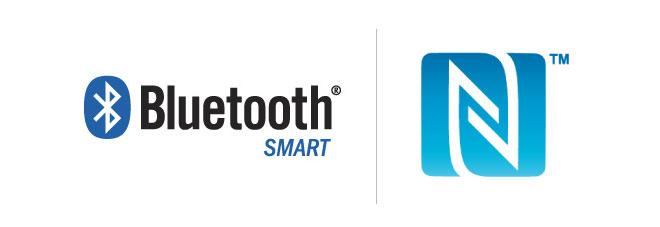
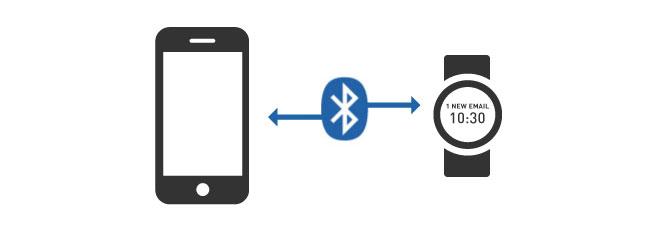
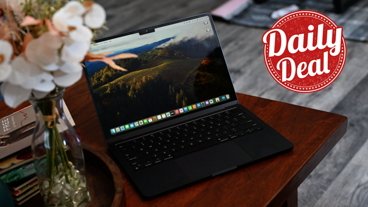

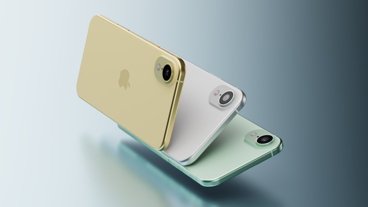
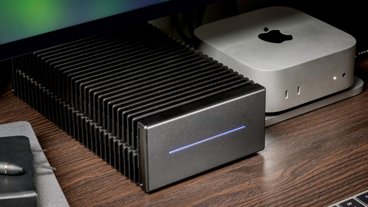
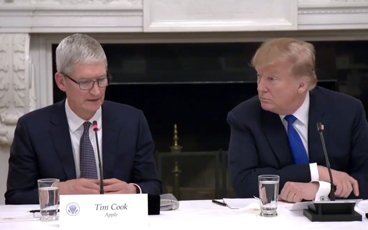
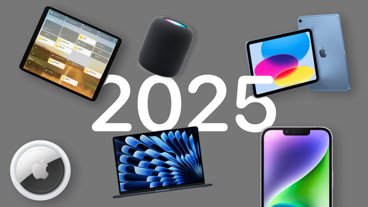
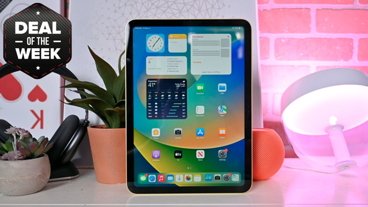
-m.jpg)





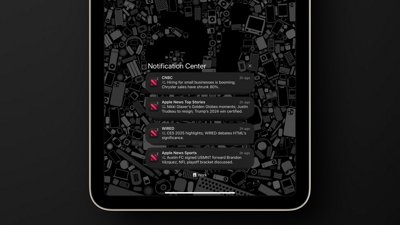
 Wesley Hilliard
Wesley Hilliard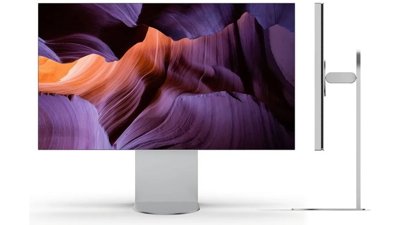
 Malcolm Owen
Malcolm Owen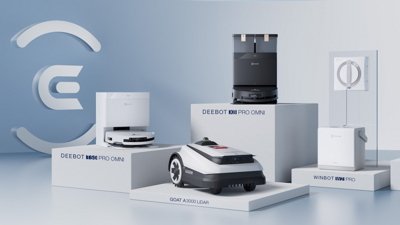
 Andrew O'Hara
Andrew O'Hara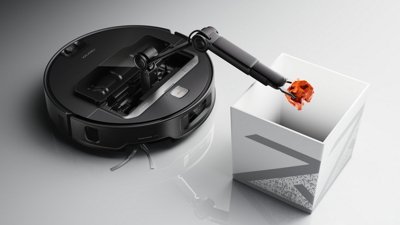
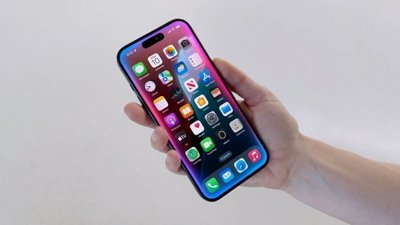
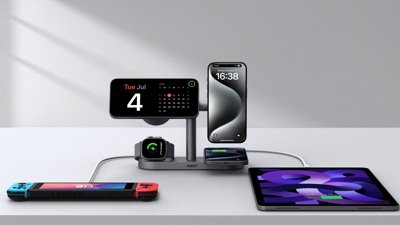
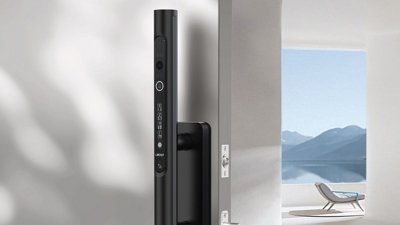
 Andrew Orr
Andrew Orr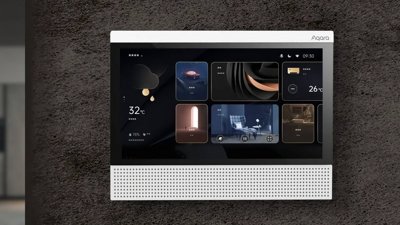
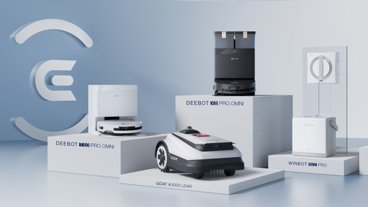
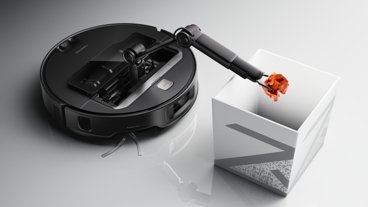
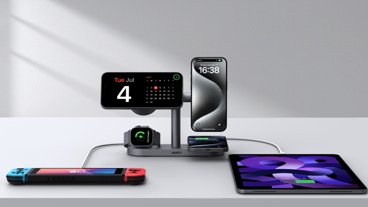





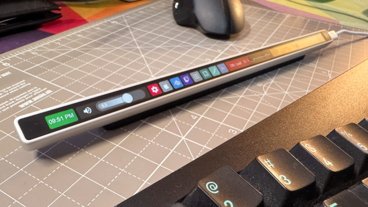

35 Comments
This is so cool. The potential for *industrial* or non-consumer applications is even greater, far far greater. Hope this catches on.
Why ? are ? these ? articles ? constantly ? riddled ? with ? question ? marks? I'm ? sure ? there ? is ? a ? technical ? explaination, ? but ? doesn't ? anyone ? proofread ? anymore?
Huddler translates quotation marks (and em dashes) to a question mark between the site proper and the forums. It’s an error of encoding that they’ve chosen to ignore.
There's a bit of miscommunication regarding Bluetooth pairing.
While non BLE Bluetooth devices can take seconds to pair BLE is designed to
pair in 6ms. Orders of magnitude faster making the connection "feel" like it's always live.
http://en.wikipedia.org/wiki/Bluetooth_low_energy#Radio_interface
I hope iBeacons handles more than just navigation. While indoor Nav is a nice features a more powerful
feature would be the ability to have iBeacons trigger actions based on location. Thus if I walk into my garage
I could have lights or the garage door opener trigger.
Apple's acquisition of WifiSlam and Passif are going to pay dividends in the iOS ecosystem. I really don't think the "Internet of Things" can be accomplished by startups. It's going to take large companies with the software engineering and hardware engineering and end user support to create this platform.
Can I add iBeacons to my car keys? ;)